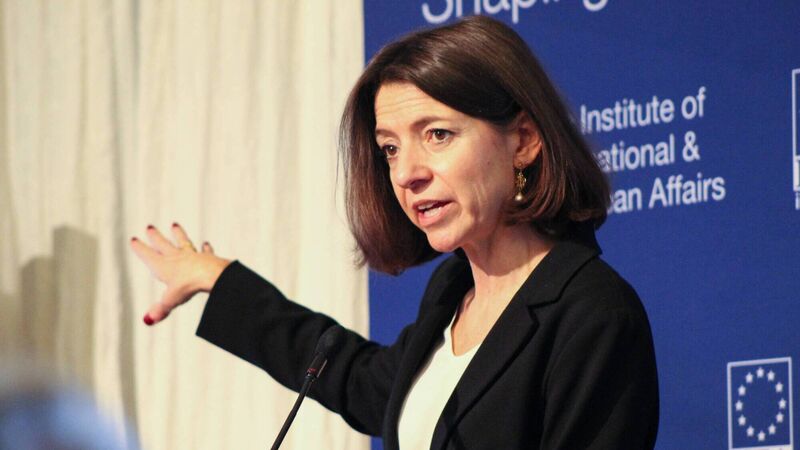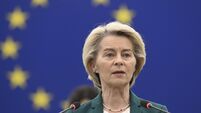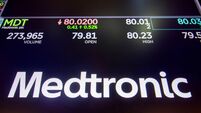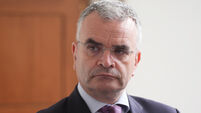Oliver Mangan: Real risks to global growth prospects still exist

OECD chief economist Dr Laurence Boone. The OECD is bullish about global growth, but admits risks remain.
The mid-year update from the OECD on the world economic outlook, published last week, paints quite an optimistic picture on the prospects for global growth.
World GDP is projected to rise by 5.8% in 2021 and 4.4% in 2022, having contracted by 3.5% last year.
This is a marked upgrade from the projections made at the end of 2020, which were for global growth of 4.2% and 3.7% in 2021 and 2022, respectively.
The OECD, though, highlights that there are marked differences in economic performances across economies. It notes that in many emerging-market economies, slow vaccination deployment, further infection outbreaks and associated containment measures, will continue to hold down growth for some time.
Meanwhile, in the advanced economies, the progressive rollout of vaccines has begun to allow many of the sectors that were severely impacted by containment measures to re-open gradually. At the same time, additional fiscal stimulus this year is helping to boost demand.
A large build-up of personal savings over the past year, combined with improved confidence and fewer public health restrictions, should encourage strong growth in household spending.
GDP in the OECD area is forecast to rise by 5.3% in 2021, easing to 3.8% growth in 2022.
The OECD believes that sizeable spare capacity should prevent a significant and sustained pick-up in underlying inflation. The recent upturn in headline inflation rates reflect the recovery of oil and other commodity prices, a surge in shipping costs, the normalisation of prices in hard-hit sectors, and one-off factors such as tax changes.
It expects these upward pressures on prices to prove temporary.
Furthermore, unemployment and employment rates are not expected to return to their pre-pandemic levels until 2023, at the earliest, in many countries.
The OECD notes that there are significant upside and downside risks to its forecasts. A major uncertainty is the epidemiological outlook and the pace of vaccine deployment. A key downside risk is that the speed of vaccine distribution will not be fast enough to stop the spread of the virus.
In such instances, confidence and private sector spending would fall, especially if restrictions needed to be re-introduced. There are also questions around the health of companies and labour markets once government support is scaled down.
On the upside, the extent to which household saving rates are spent may prove greater than anticipated.
- Oliver Mangan is chief economist with AIB












